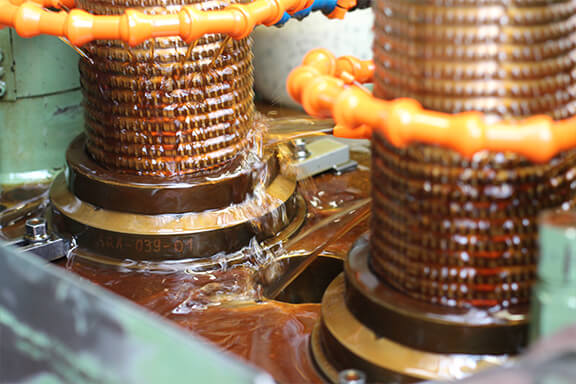Broaching
Broaching
Advantages of broaching
Broaching - a machining process with high economic potentialBroaching tools have many teeth arranged consecutively one after another, each with a certain offset to the previous tooth, this is also called pitch. In conventional broaching machines the tool carries out the relative motion in relation to the work piece. Due to the teeth arranged consecutively one after another the teeth engage and the material is removed. The chipping thickness corresponds nearly to the spiral pitch.
Achievable surface roughness
In mechanical processing of steel with a broaching tool usually surface a roughness of Rz 6 µm up to 25 µm can be achieved permanently. Due to their lower tensile strength light metals and various bronze alloys have even better surface qualities. Materials with a tensile strength of up to 1000 N/mm² can be broached conventionally. In specific cases also materials with a tensile strength of 1400 N/mm2 can be processed - up to broaching of hardened materials.
Why Broaching?
Customer benefitsShort manufacturing lead time
Cost-effective process of machining
High precision and repeat accuracy
Reason
Simple, fast process
The machined part is produced in one continued process.
The tool produces the complete geometry




